You’ve heard the rain. All that free water falling from the sky, keeping the hills and valleys green. But if you live in a drought-prone area that cooling summer rain may seem more like a fever dream than reality, and all the lush, beautiful vegetation associated with rain — as far away as the clouds that still haven’t come.
But wait! That green thumb of yours wants to grow something, and the dust and rocks in the backyard just aren’t good enough.
Breathe easy, arid-land dweller. You can grow some absolutely wonderful drought tolerant plants that are as tough as you are, and they’re not simply limited to cacti.
You just need to remember the one big secret to success, and thankfully, it’s an easy one: grow plants native to dry areas. In the Northern Hemisphere, native typically means plants found in places like glade, prairie, desert, or cliff-side habitats.
The following list is comprised entirely of plants native to the dry, rocky areas of the United States. They have spent the entirety of their existence growing in and adapting to arid landscapes without a gardener to care for them, so they are tough and once established, virtually maintenance free.
Why spend your summer playing nursemaid — and paying the water bill — for struggling, non-native plants? These gorgeous blooms will grace you with their presence for minimal effort. Dream through this list of perennials, and sit back with a glass of icy tea under your patio umbrella. Summer just got a little more chill.
1. Coneflower
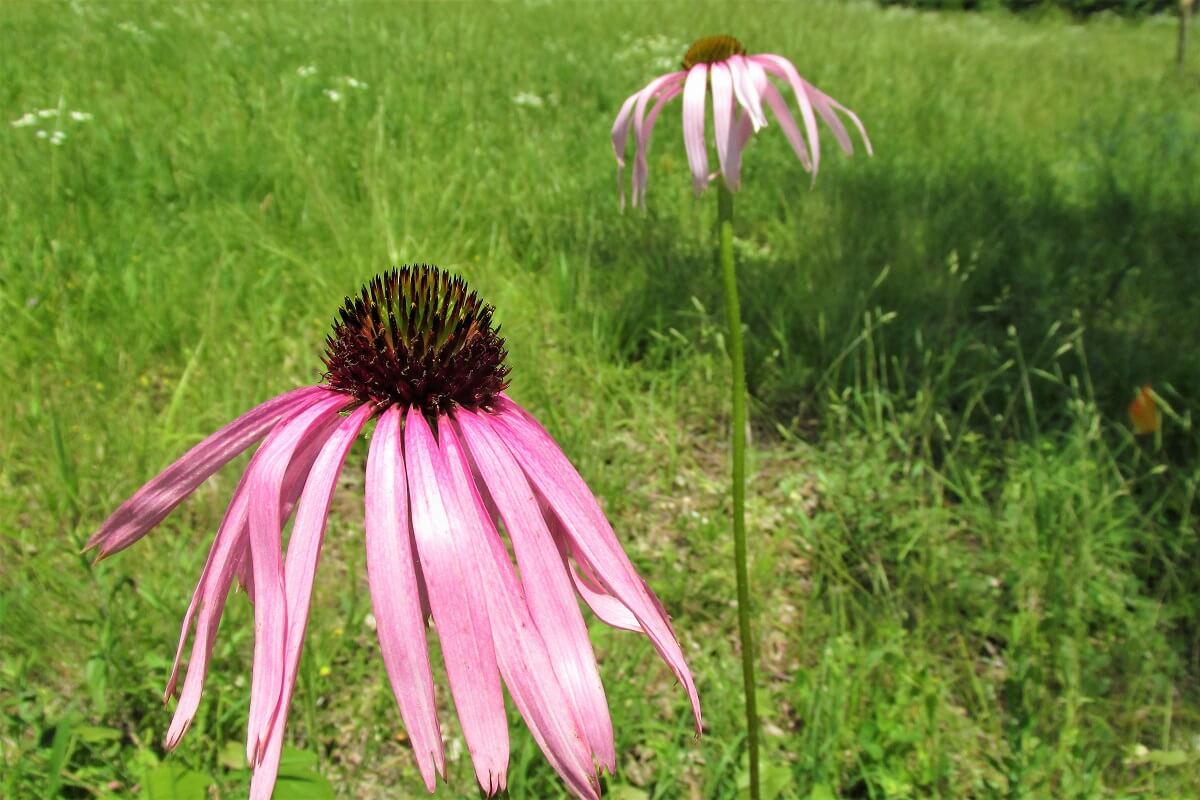
There are many, many domesticated varieties of the popular coneflower (Echinacea purpurea, Echinacea simulata, Echinacea pallida, and others), but the original native varieties are just as worthy of attention. Doubly so in my book, for their incredible drought tolerance. Their graceful blossoms rise high above a tidy set of basal leaves, giving the impression they are serenely surveying the surrounding countryside.
These perennials thrive on neglect. In fact, dry, rocky soil and little water only serve to encourage more brilliant blooms! Give them a home in the full sun anywhere from zones 3 to 9. They do have a long blooming season, so deadheading is not totally necessary. In fact, leaving their spiky seed heads will be a huge benefit to overwintering goldfinches!
2. Yarrow

A renowned medicinal plant that was once called soldier’s woundwort, yarrow (Achillea millefolium) is a deep-rooted, hardy perennial. It both mines valuable minerals out of the subsoil, and provides your dry-soil surroundings with feathery foliage and bright, flat-topped flower heads.
Related Post: How to Grow The Yarrow Plant
Pink, white, yellow, and orange flowers are excellent both fresh cut and dried, and a magnet for all pollinators and butterflies. Grow this easy-to-propagate, 3-foot tall herb in full sun (it will get floppy in shade) and rather poor soil in zones 3 to 9. Though it does have a long history of healing humans, yarrow can be toxic to dogs, cats, and horses. Keep that in mind as you choose where to plant!
3. Blanket Flower
When the biggest problem you may have with a flower is that it lasts too long and blooms too much, you know you have a winner in your hands. Blanket flower (Gaillardia pulchella, Gaillardia aristata, and Gaillardia grandiflora) is so called because it generously covers the area where it’s planted, so if you have a dry, sunny area to fill, they will happily take over!
Easy to start from seed, just give them a home in zones 3 to 10 and enjoy their easy-care. The things to avoid are clay soil and wet, boggy soil. Both will kill this cheery plant. Also avoid fertilizing because poor soil seems to encourage more profuse blooms. As a special note to warmer-winter growers, you may be able to enjoy winter-long blooms if you plant them in fall.
4. New Jersey Tea Plant
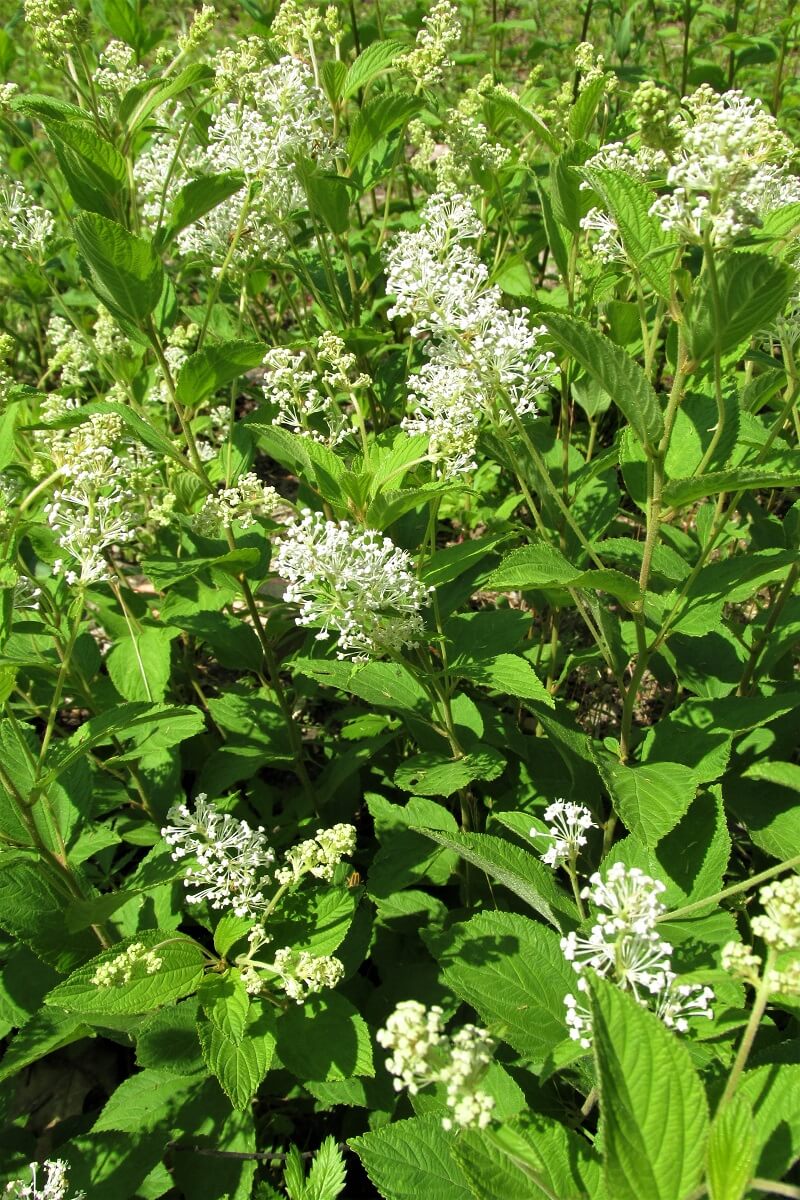
Bedecked with delicate, lace-like cones of early-summer white flowers and slightly fuzzy, bright-green leaves, the New Jersey tea plant (Ceanothus americanus) is like that gracious, quiet girl at the party. She may not be as immediately engaging as the more colorful characters, but she’s probably more interesting if you give her the time.
This perennial shrub does best in dry, rocky soils with very well-draining soil. It will not tolerate standing water. I assume its extreme hardiness in drought is due to its massive roots — far larger than the aerial parts. Zones 4 to 8 are the best fit for New Jersey tea, and it will flourish in both full sun and partial shade. It usually grows to around three feet tall and is both a butterfly magnet and host!
For you history buffs, it’s worth noting that these drought tolerant plants played an important role in the Revolutionary War. Originally called redroot, this tea took prominence when it was discovered to be similar in taste and character to imported, over-taxed Oriental teas.
True to its name, the leaves of this shrub make a truly excellent tea — I almost prefer it to the traditional stuff! Picked fresh and brewed, I find them similar in character to a grassy green tea. Dried and cured, they yield a more black-tea-like flavor.
5. Prairie Blazing Star
When not flowering, the slender clumps of prairie blazing star (Liatris pycnostachya) leaves look similar to grass, so imagine the delight of seeing a bright spire of lavender blooms suddenly appear from “nothing.” These native perennials may take up to five years to bloom, but when they do, it is well worth the effort.
Though they can grow in somewhat moist soil, they also tolerate dry, prairie-like conditions (even growing in clay) with little harm. Their best situation is full sun in zones 3 to 9. Though they may take some patience, part of the reward of giving these drought tolerant plants a place on your property is knowing that they are a needed piece of the native ecosystem. Maybe you’ll even have the delight of seeing the rare glorious flower moth use it as host.
6. Prairie Dock
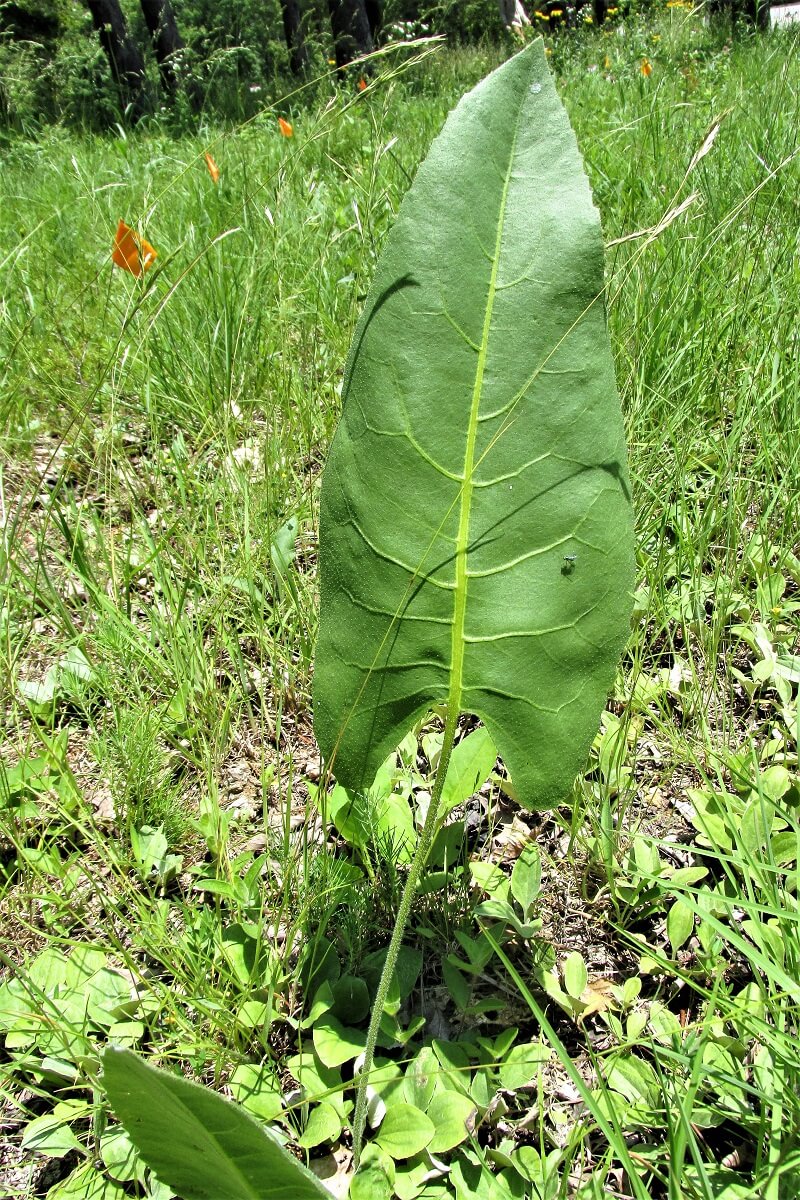
If you want a tough plant to use as a statement, look no further than prairie dock (Silphium terebinthinaceum). It starts as a huge set of tropical-looking leaves with a sandpaper-like texture. Then unexpectedly, an impressively tall flower spike emerges mid-to-late summer that boasts sunflower-like blooms.
You’re going to want to place prairie dock someplace behind your more diminutive plants so that the nine-foot flower doesn’t dominate the show. Plant these drought tolerant plants in full sun and dry soil in zones 4 to 8 (these are closest to its native glade stomping grounds) and watch as songbirds balance precariously on that tall flower stalk!
7. Sand Phlox
I truly love this huggable ground cover. It coats one of our south-facing slopes on the homestead and is a wonderful welcome into spring. It’s feathery, evergreen foliage may seem somewhat subtle, but when the flowers emerge, they transform the ground into a plush, dense carpet of color.
It’s the first place new butterflies congregate, so plant this perennial where you can enjoy the show! Sand phlox is surprisingly adaptable, considering it is a cliff-side native originally. It will probably do best in full sun and dry soil in zones 4 to 7.
8. Sedum
Sedums grow world round, but there’s no need to go to the ends of the earth to find beautiful and drought tolerant plants. There are several species of these cliff-dwelling beauties native to the United States (Sedum ternatum, S. lanceolatum, and S. integrifolium).
With delicately whorled bases of succulent leaves, a huge range of colors, and a reputation for being well-behaved in the garden, you could hardly find a better fit for a rock garden or a dry, sunny area on your land.
Related Post: How to Make a Succulent Terrarium
We’re planning to cover the roof of our Earthship-inspired house (still in progress) with these beautiful and hardy little plants. I’m particularly looking forward to using S. ternatum, an evergreen, star-flowered sedum native to my Ozark homestead.
Plant these forgiving drought tolerant plants in full sun (for best results) or partial shade (if you have no other option) in zones 3 to 9 where there’s well-drained, average, or rich soil. That being said, they don’t need much soil as they’re used to growing on cliff sides!
A Few More Notes On Drought Tolerant Plants
Keep in mind that even the hardy plants listed in this article may need a year or three to get their root systems firmly established, so plan on spending a little extra care on them at the outset. You’ll be rewarded with years of dry-weather blooms for your efforts.
These are eight of my favorite drought tolerant plants that are dry-climate natives. Seeing them color the hills of our homestead, no matter what the summer brings, is always a source of quiet joy. What plants bring life to your dry hills and fields? Which ones do you depend on when the rain gives out? I’d love to hear of them in the comments below!


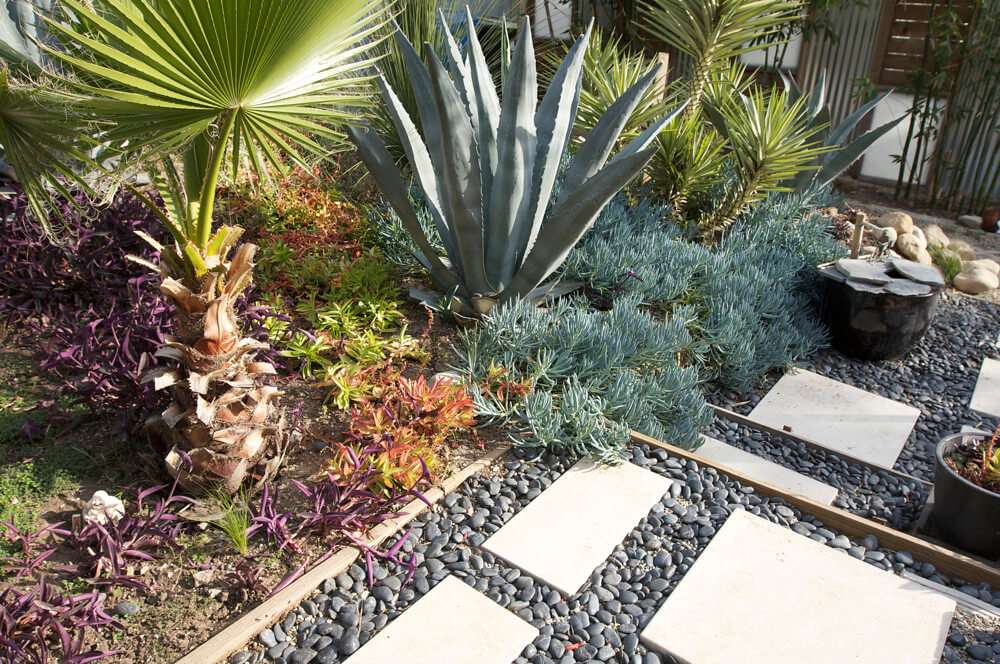
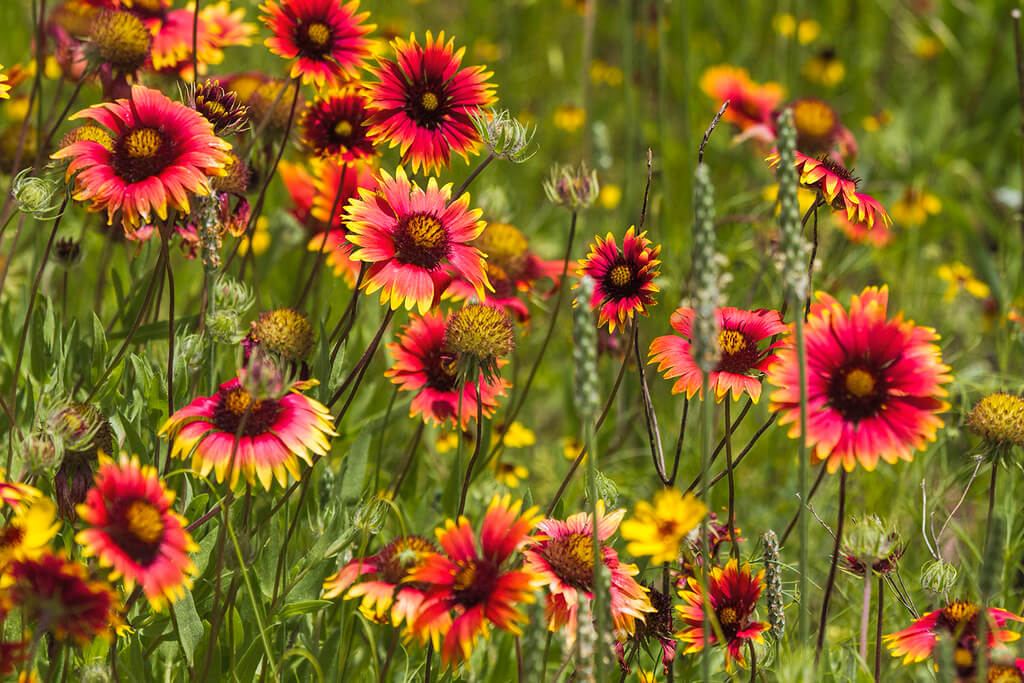
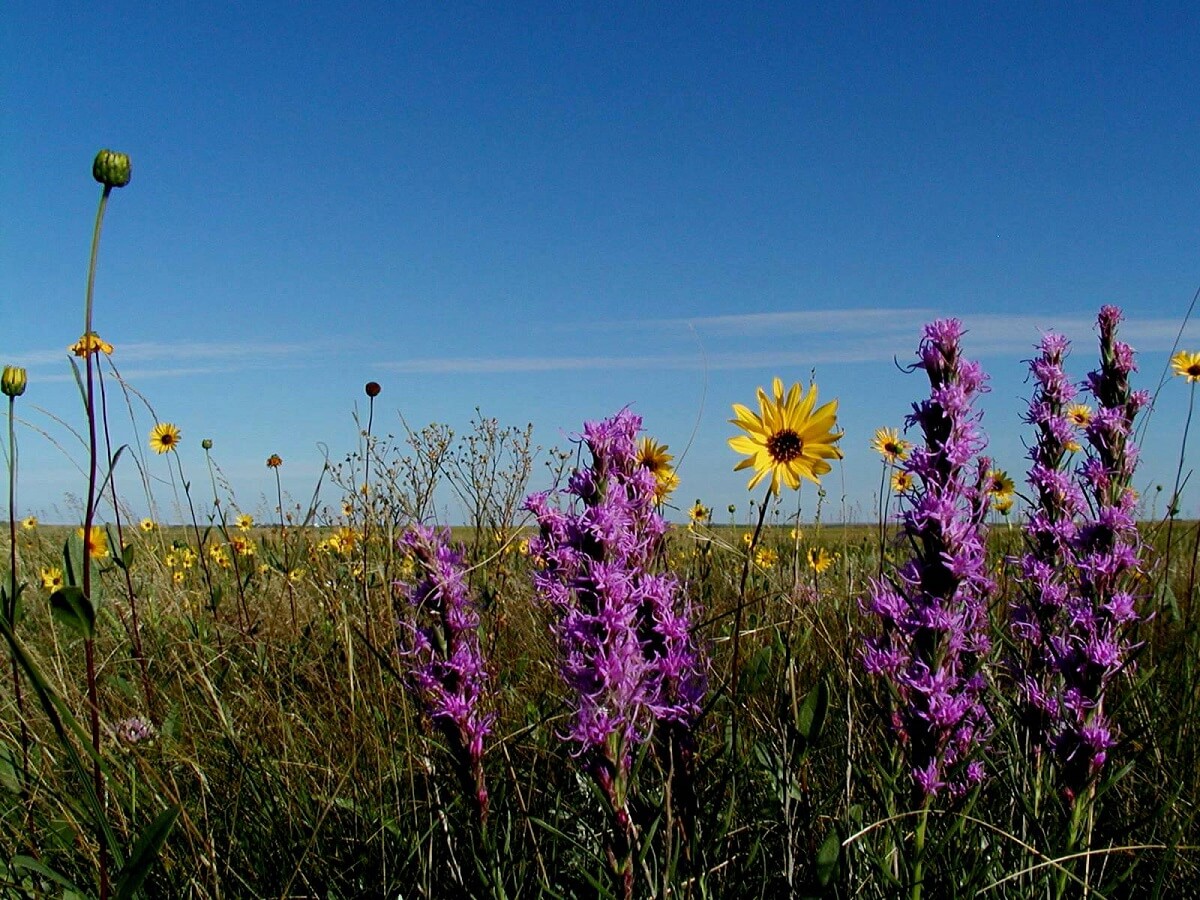
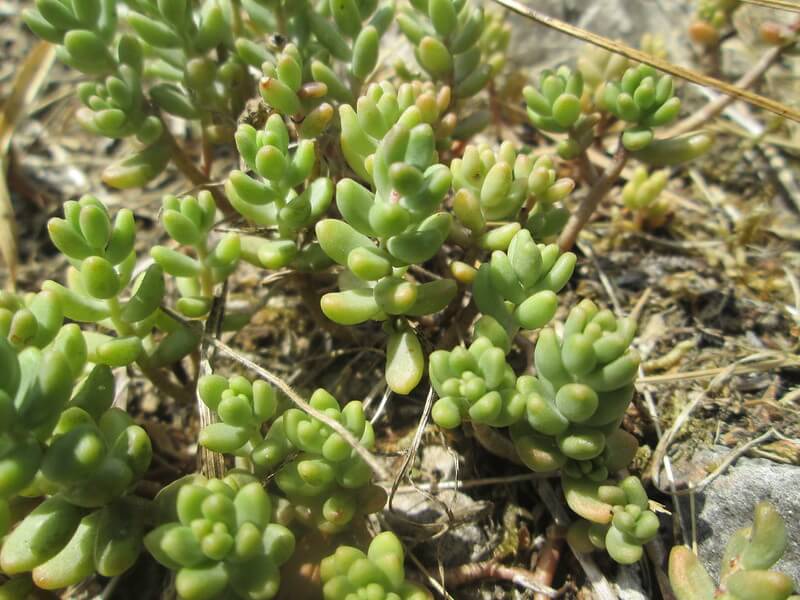
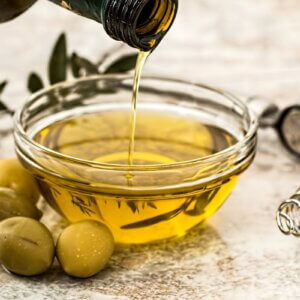
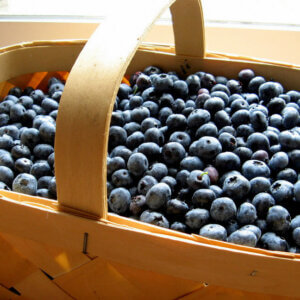



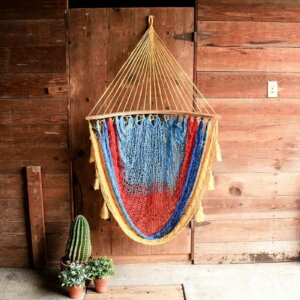


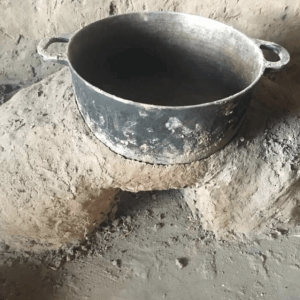
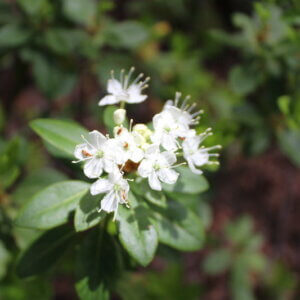
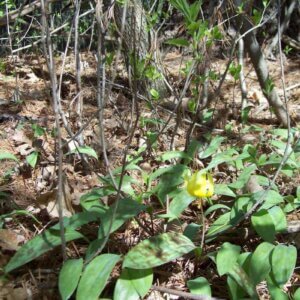

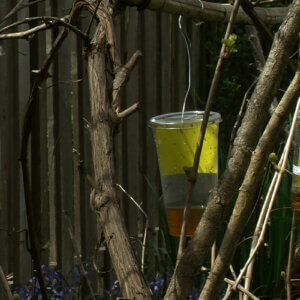




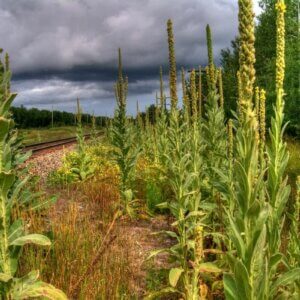

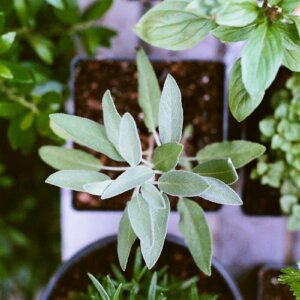

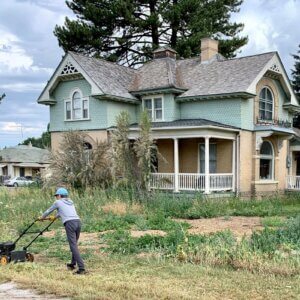
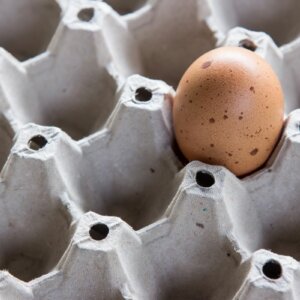



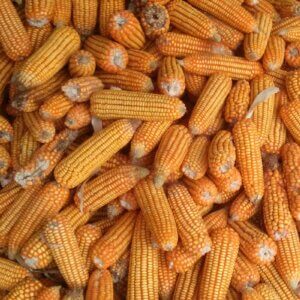



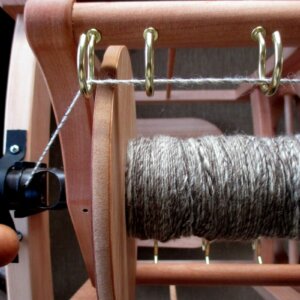
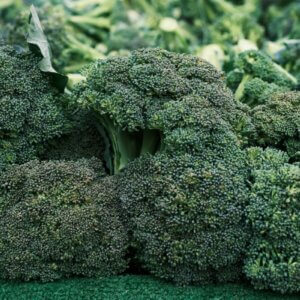
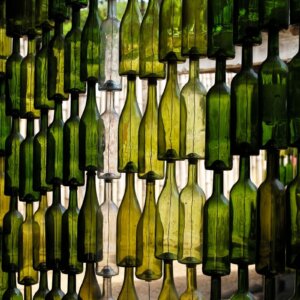




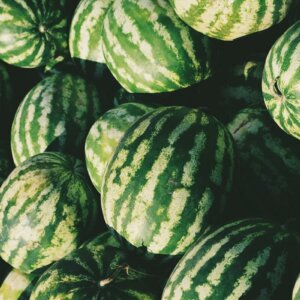


Leave a Reply